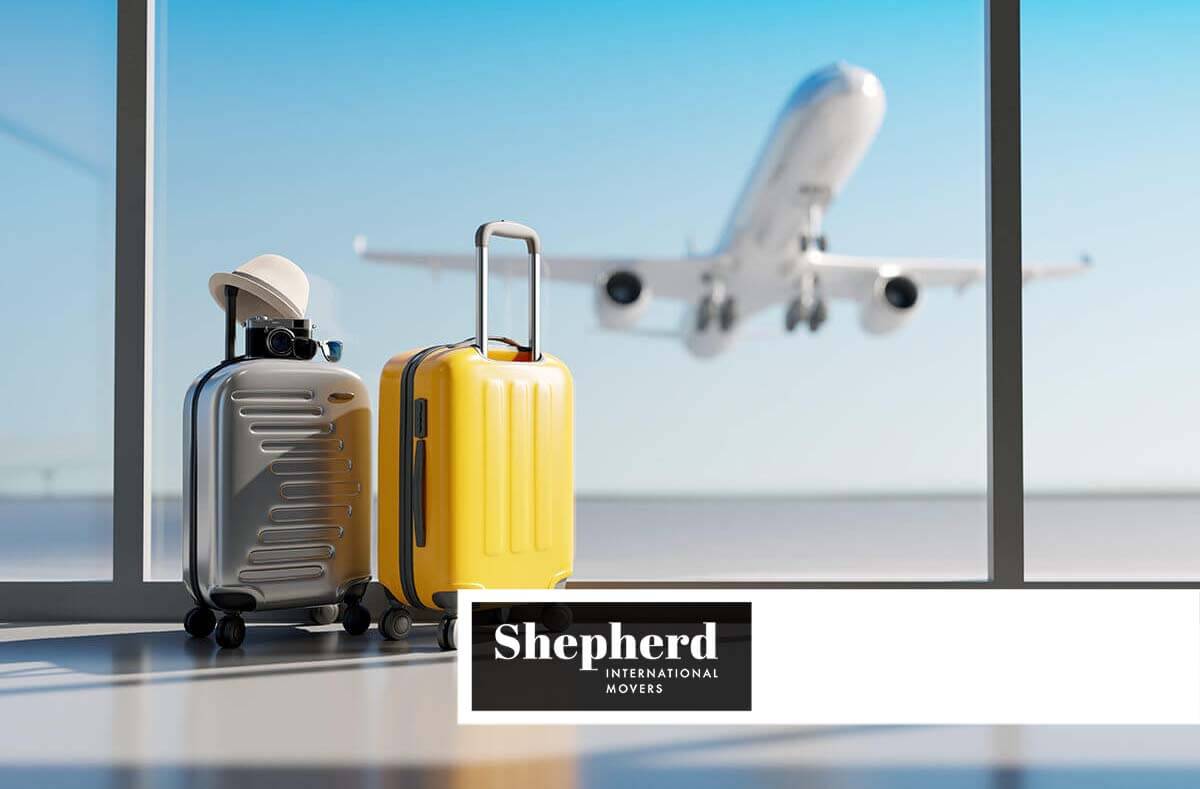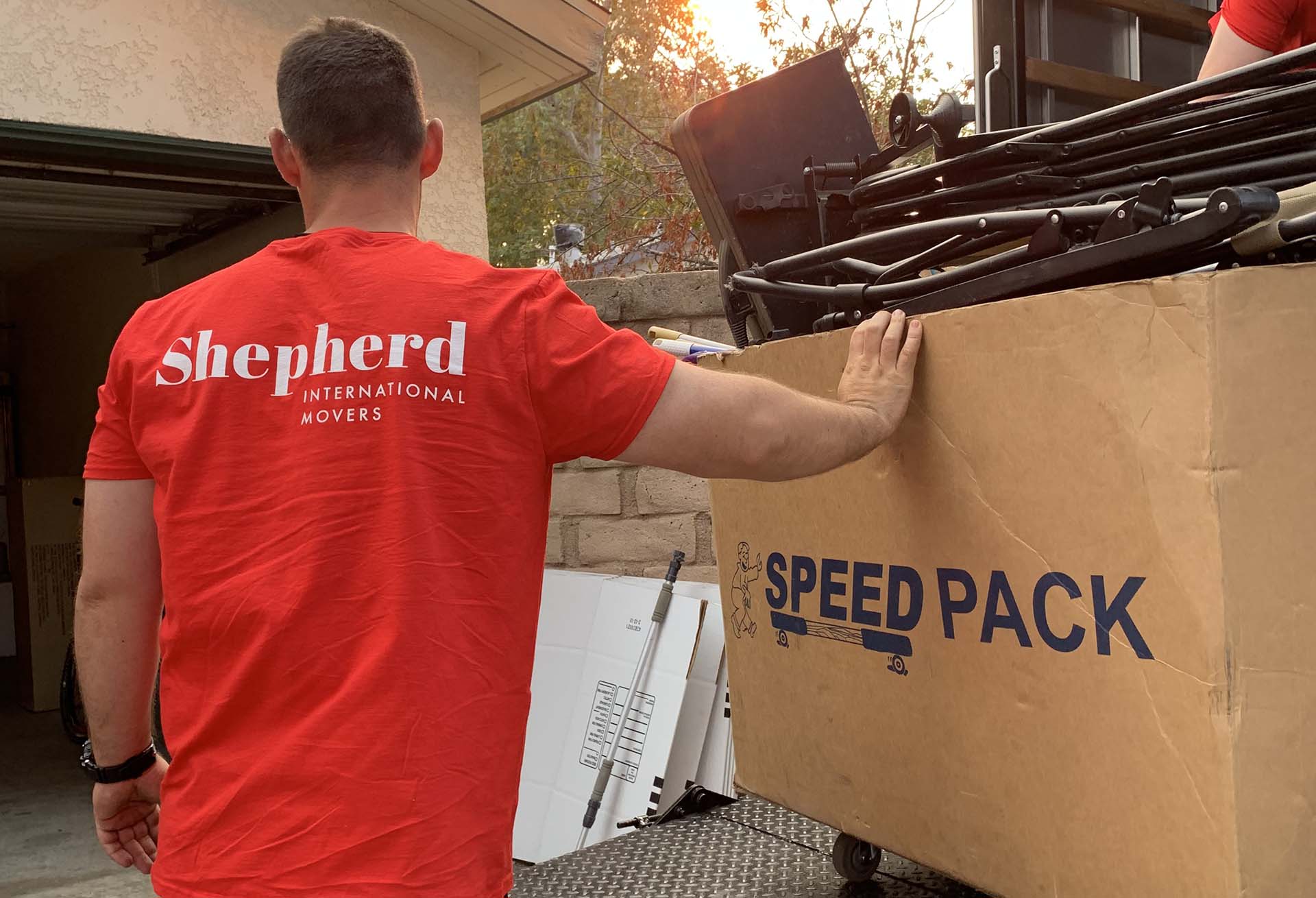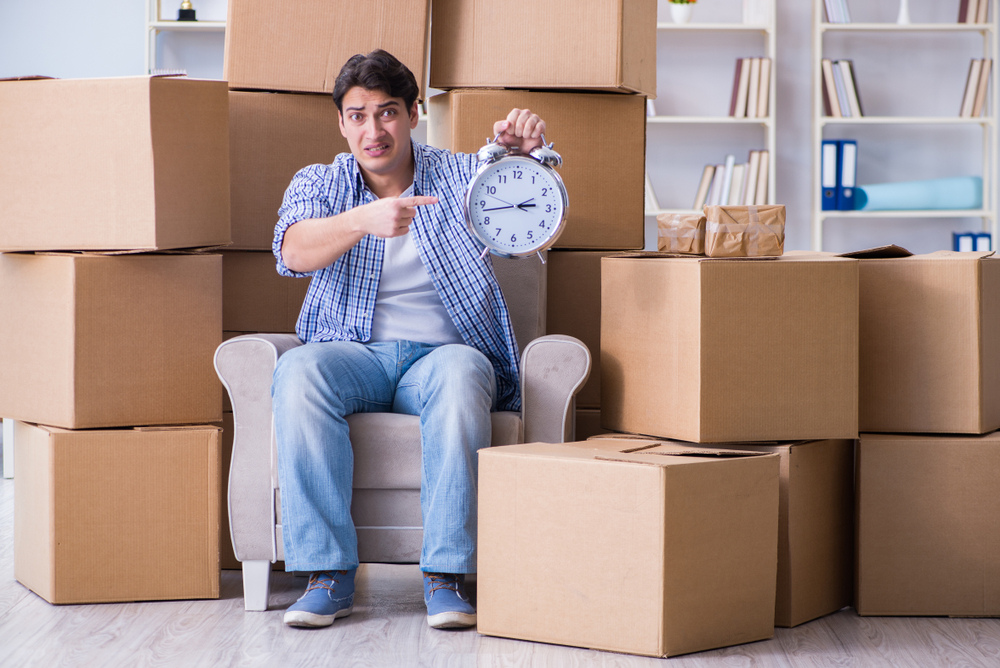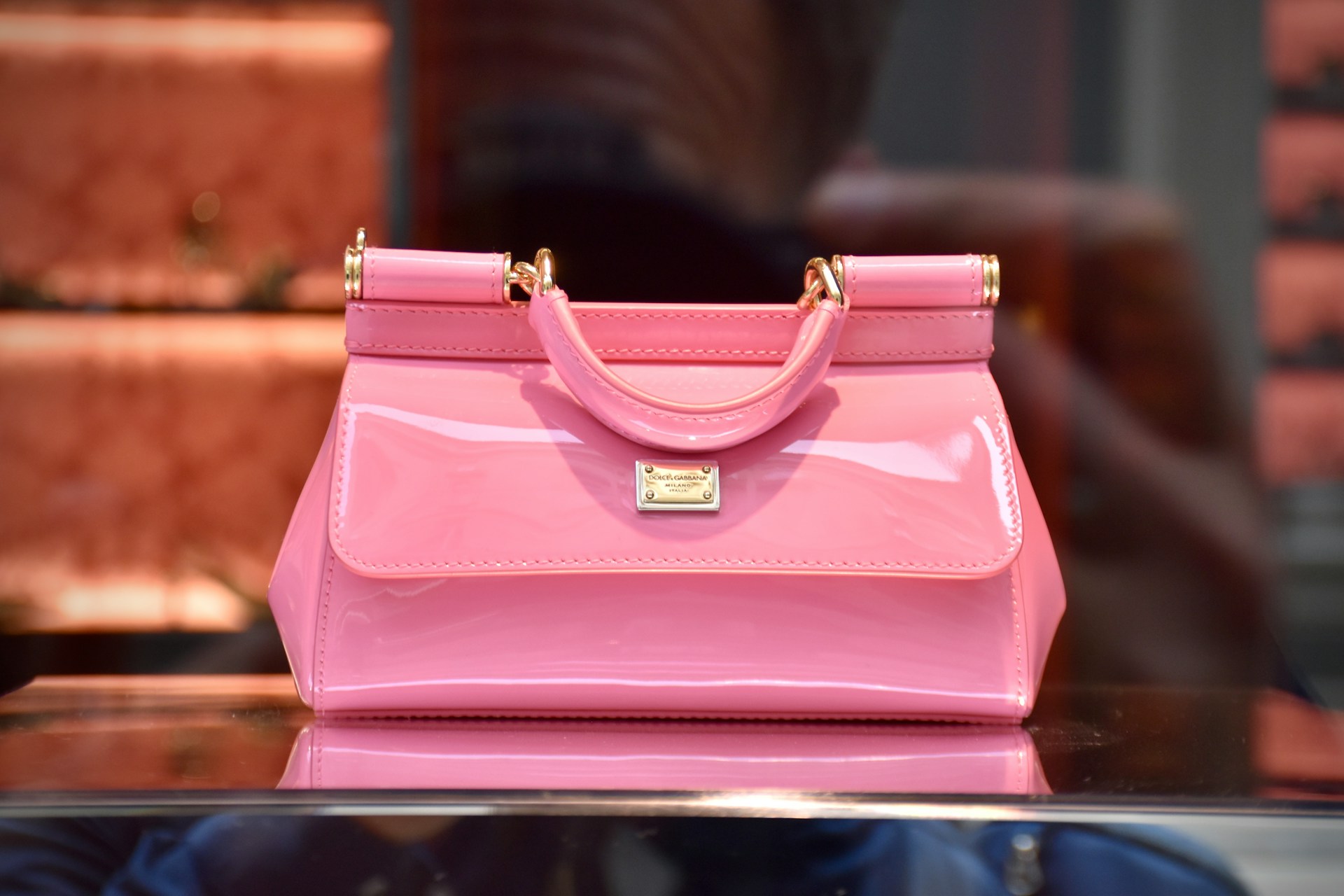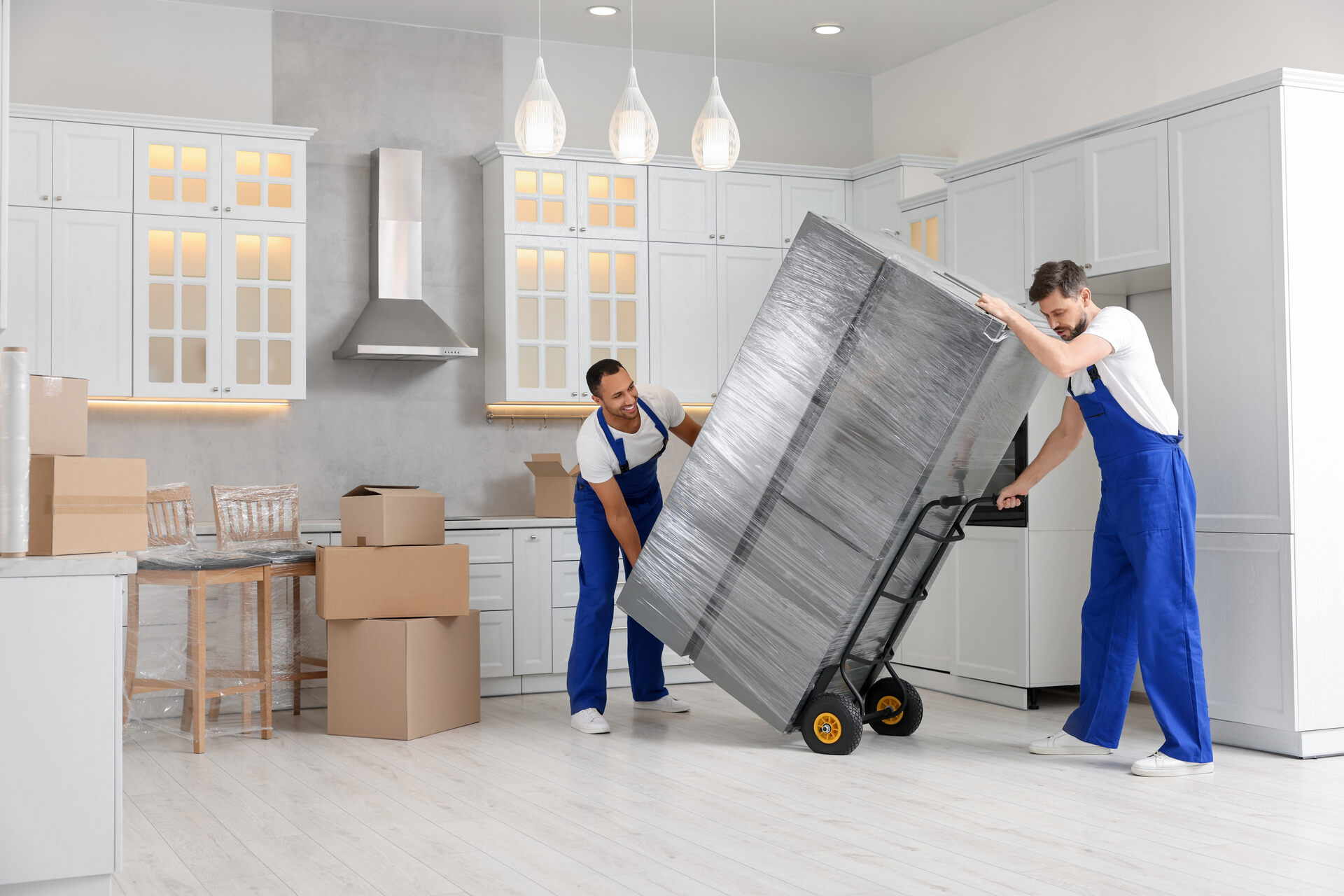

Relocating overseas can be an exciting and challenging experience, requiring meticulous planning and organization. One crucial aspect of successful international relocation is finding and choosing the best-size boxes for moving so you can pack your belongings efficiently and safely.
This task requires a few key steps. First, evaluate the volume and type of items you’ll be packing. Take inventory and categorize your belongings based on size, weight, and fragility. Consider using a combination of small, medium, and large boxes to accommodate different items.
Next, research and understand the regulations and customs requirements of your destination country. This will ensure compliance and help you determine if any special boxes or protective materials are necessary. Lastly, consider utilizing specialty boxes, such as wardrobe boxes or dish packs, for specific items that require extra protection.
The Importance of Selecting the Right Size of Boxes for Moving Abroad
Choosing the appropriate and best-sized boxes for moving is crucial for the safety and efficiency of your international relocation. Oversized boxes may become too heavy or cumbersome to handle, increasing the risk of injury or damage to your items. On the other hand, using boxes that are too small can lead to overpacking, causing boxes to burst or items to become damaged during transit.
By selecting the right size of boxes, you can ensure a proper balance between weight, capacity, and protection for your belongings. Additionally, if you want to save up on costs, you can browse Freecycle and check whether someone is offering protective supplies for free.
Factors to Consider When Assessing Your Moving Needs
Firstly, determine the timeline for your move, whether it’s a short-notice relocation or a planned one. This will help you prioritize tasks and make necessary arrangements in a timely manner. Secondly, evaluate the size and scope of your relocation, including the number of rooms or the square footage of your current residence.
This will help you estimate the amount of supplies and relocation vehicles you’ll need. Additionally, consider any special requirements you may have, such as the need for storage or assistance with packing services. Although, the best course of action is to reach out to an international moving company for a more accurate estimate.
Evaluate the Volume and Type of Items Being Moved
Take inventory of your belongings, categorize them based on size, weight, and fragility, and assess their overall volume. This will help you determine the appropriate packing supplies and estimate the space required for transportation. Consider the nature of your items, including any fragile or valuable possessions that may require special handling or additional insurance coverage.
Consider the Destination Country’s Regulations and Customs Requirements
Research and familiarize yourself with the specific importation rules, restrictions, and documentation needed for your belongings. Some countries may have restrictions on certain items, such as firearms, plants, or food products, so make sure you downsize before the move, and get rid of stuff you won’t transport.
Understanding the customs requirements will help you prepare the necessary paperwork, such as customs declarations, permits, or certificates, and avoid any potential issues or delays during customs clearance. Additionally, check with your relocation company which items the movers won’t move.
Assess Transportation and Handle Logistics for the International Move
Consider the available modes of transportation, such as air freight, sea shipping, or land transport, and weigh the pros and cons of each option based on factors such as cost, transit time, and the nature of your items. Research reputable international relocation companies or freight forwarders with experience in handling international moves to assist with transportation and logistics coordination.
Understanding Different Box Sizes and Types
When preparing for a move, it’s important to have an understanding of the various box sizes and types available. Common box sizes for moving typically range from small (16″x12″x12″) to large (18″x18″x24″), with medium-sized boxes (18″x18″x16″) falling in between. These sizes cater to a wide range of items, allowing for efficient packing and stacking. It’s also important to differentiate between standard moving boxes and specialty boxes.
Standard boxes are versatile and suitable for most items, while specialty boxes are specifically designed for particular items, such as wardrobe boxes with built-in hanging rods or dish packs with extra reinforcement for fragile dishware. For unique items that may not fit in standard boxes, there are options for custom-sized or specialty boxes.
Determining the Best Size Boxes for Your Items
Whether you’re relocating from Los Angeles to London or considering relocating to Argentina, selecting the appropriate box sizes for your items is crucial to ensure efficient and secure packing. Consider the dimensions and weight of each item to determine the best fit. Smaller and heavier items, such as books or kitchenware, are better suited for smaller boxes, while lightweight and bulkier items, like linens or clothing, can be packed in larger containers.
Categorizing Items Based on Size, Weight, and Fragility
When you’re preparing to move to another country, categorizing items based on their size, weight, and fragility helps streamline the process and minimize the risk of damage. You can do so by separating smaller, fragile items that require extra care into their own category. Categorize heavier and sturdier items separately to avoid potential damage from stacking. Additionally, consider grouping items of similar size together to maximize space utilization and ensure more efficient packing.
Tips for Maximizing Space and Minimizing Wasted Box Capacity
To maximize space and minimize wasted box capacity, there are several strategies you can employ. Start by disassembling furniture, removing legs, and taking apart items that can be safely broken down. Stack items of the same size or shape together, filling any gaps with packing material to prevent shifting. Use vacuum-sealed bags for clothing or bedding to reduce their size and increase storage capacity. Additionally, consider using specialized packing techniques like rolling clothes instead of folding them to save space.
If you’ve never used the army roll method, watch the following video.
How to Properly Pack and Protect Items for Moving Overseas
There are several key strategies that can ensure a smooth and secure transition and, most of all – help you pack efficiently. Here’s a step-by-step:
- Begin by utilizing appropriate protective materials, such as bubble wrap and packing paper, to provide cushioning and protection for fragile items.
- Wrap delicate objects individually, paying attention to corners and edges, and secure them with tape.
- For larger items, consider disassembling them and wrapping each component separately. When placing items in boxes, use techniques to secure and cushion them.
- Fill any empty spaces with a cushioning material, such as foam peanuts or crumpled paper, to prevent shifting during transportation.
- Distribute weight evenly and avoid overpacking boxes to avoid damage.
This organization will facilitate the unpacking process at your destination, allowing for easier access to the items you need.
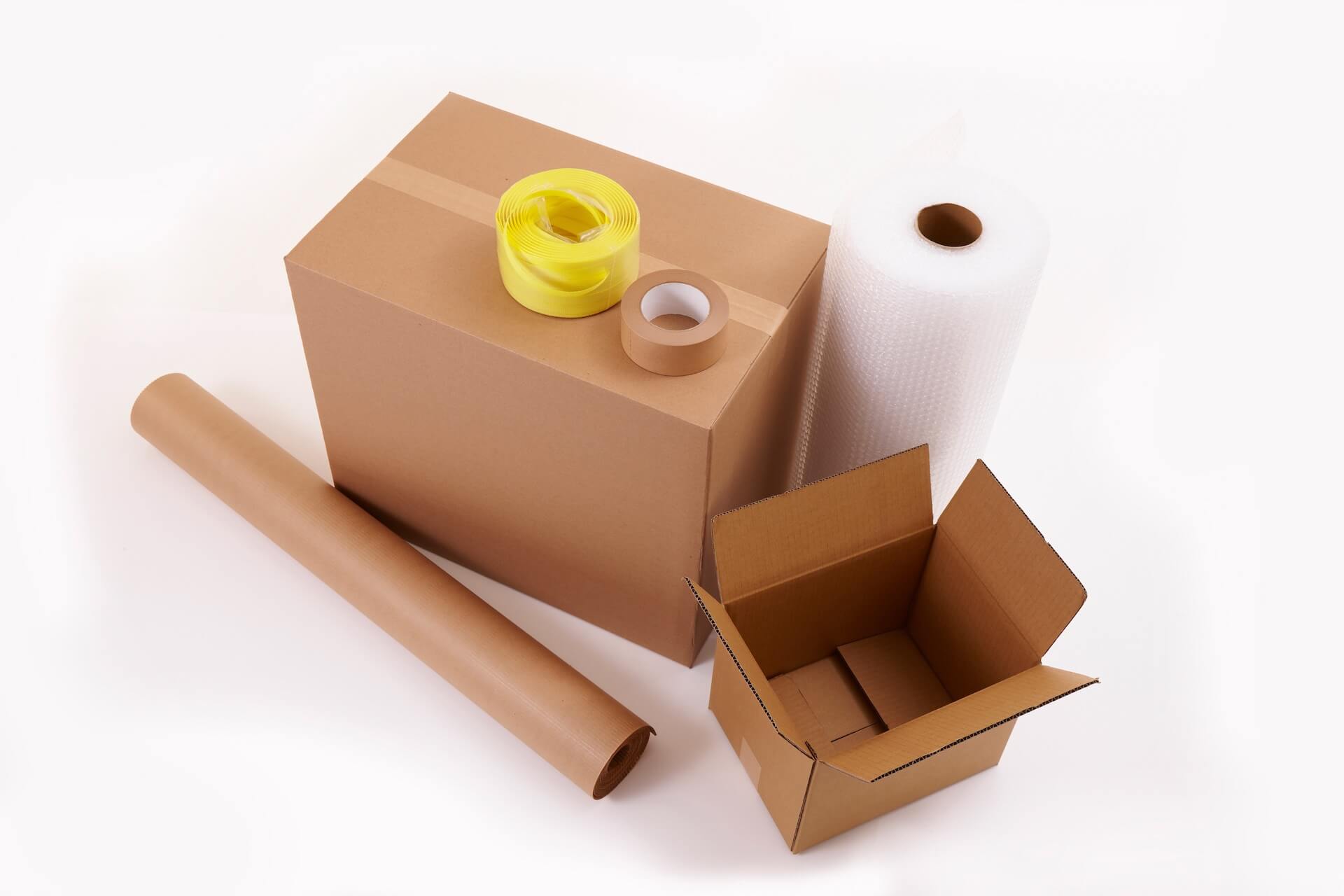
A Guide on Labeling and Inventory Management
Labeling and inventory management are crucial aspects of a successful international move. Proper labeling allows for easy identification and organization of your boxes, while inventory management ensures that you can track your belongings throughout the process and easily unpack after your move across the world.
Create an Inventory List to Track Box Contents
The next stop on your relocating abroad checklist is creating an inventory list is essential for effectively tracking the contents of your boxes during an international move. Start by assigning a unique number or label to each box and record it on your inventory list. As you pack, document the items that go into each box (you can take photos with your phone, for instance).
Be specific and detailed, noting the general category of items as well as any valuable or fragile items contained within. This inventory list will serve as a reference when unpacking at your destination, helping you locate specific items quickly and ensuring nothing gets misplaced.
Use Technology for Efficient Tracking
Consider using barcode scanners or inventory management apps that allow you to scan and track the contents of each box. These tools help streamline the inventory process, automate data entry, and minimize the chances of errors. Some apps even offer features like generating QR codes or barcode labels for your boxes, making it easier to link them to your inventory list.
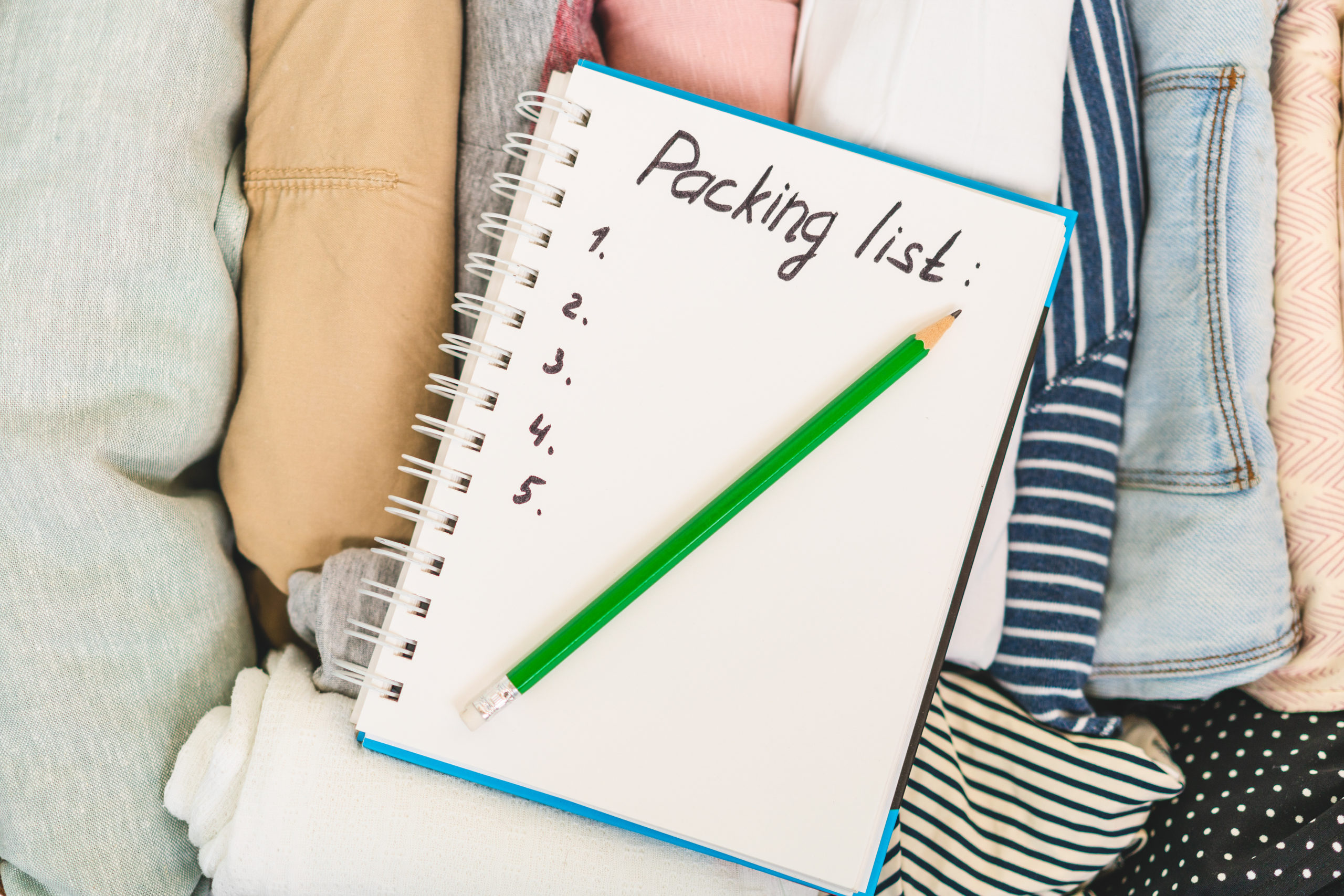
Special Considerations for Fragile and Valuable Items
When handling more delicate and valuable stuff, it is crucial to give them special attention. Begin by assessing the individual requirements for each item. Delicate items like dishes or electronics such as TV should be wrapped in bubble wrap or packing paper to provide cushioning and prevent breakage. Valuable items such as jewelry, important documents, or sentimental keepsakes should be packed separately and carried with you during the move, rather than being included in the main shipment.
Select Specialized Boxes and Packing Materials
When it comes to boxing up clothes, consider using wardrobe boxes, which come with a built-in hanging rod to keep your garments wrinkle-free and well-organized. These boxes allow you to transfer your clothes directly from your closet to the box without folding or creasing them.
For other items, such as books, electronics, or kitchenware, sturdy corrugated cardboard boxes of various sizes are suitable. Opt for high-quality packing tape to secure the boxes and prevent them from opening during transit. Additionally, utilize packing paper or bubble wrap for wrapping fragile items, providing an extra layer of protection.
Tips for Packing and Labeling Boxes With Valuable Items
Begin by clearly labeling the boxes as “Fragile” or “Valuable” to ensure they receive special attention during handling. Use permanent markers to clearly mark the boxes on multiple sides, making it easy to identify them amidst a sea of boxes. When packing valuable items, wrap each item individually in protective materials and secure them tightly within the box. Avoid overpacking boxes, as this may increase the risk of damage. Damaged items can make the start of your living overseas difficult.

Even With the Best Size Boxes for Moving, Consider Calling International Movers to Help You Pack
Hiring a relocation company and their team of movers to help you pack is advisable in several situations. Here is why it’s wise to contact them, especially when you’re planning on moving abroad:
- Firstly, if you have a large number of belongings or if you own fragile and valuable items that require special care, professional packers can ensure their safe handling and proper techniques.
- Additionally, if you’re pressed for time or overwhelmed by the boxing-up process, hiring experts can alleviate stress and expedite the process.
- International movers have experience in handling customs regulations and can assist with the necessary documentation for international shipping, saving you time and potential complications.
- Finally, if you lack confidence in your packing skills or simply want peace of mind, professionals can provide the expertise and reliability needed for a successful international move.
Investing in international moving services comes with many benefits, but most of all, their services often come bundled. For instance, if you’re relocating to another country for love, you can easily leave your possessions in a storage facility for safekeeping.
Why It’s Better to Let Professionals Pack Your Items for International Moving
Allowing professionals to pack your items for international moving offers numerous advantages. Firstly, experienced packers possess in-depth knowledge of international shipping requirements, including customs regulations and documentation, ensuring compliance and preventing any delays or issues.
They are trained to use suitable materials and techniques to protect your belongings during an international move, reducing the risk of damage. Professional packers have the necessary skills to handle valuable and fragile items, ensuring their proper packaging and safe arrival.

Prioritizing Proper Packing Will Provide a Smooth and Successful International Move
Carefully packing your belongings not only protects them from damage during transit but also allows for efficient organization and unpacking at your destination. Being careful and utilizing some hacks when boxing up also ensures that your belongings fit snugly and securely in the shipping container. This minimizes the risk of shifting or shifting during transportation. Overall, investing time and effort into packing properly significantly reduces the chances of mishaps, saves you from unnecessary stress, and sets the stage for successful moving overseas.
And if you feel that all this thing with boxes and packaging is too much for you, reach out to professionals for help. We at Shepherd International Movers are the experienced team that you need. So don’t hesitate to contact us and get your dream relocation underway.
FAQ
What factors should I consider when choosing the best size boxes for my move?
Factors to consider when choosing the best size boxes for your move include the weight and size of your items, the distance of the move, and any specific regulations or limitations on box sizes.
How do I determine the appropriate box size for different types of items?
The appropriate box size for different types of items can be determined by considering their weight, size, and fragility. Heavier and fragile items may require smaller boxes, while larger and lighter items may require larger boxes.
Are there standard box sizes that are commonly used for moving?
Yes, there are standard box sizes commonly used for relocations, such as small, medium, and large boxes.
Can I mix different box sizes during the packing process?
Yes, you can mix different box sizes during the packing process in order to accommodate different types of items.
Are there specific box sizes recommended for fragile or delicate items?
Yes, specific box sizes are recommended for fragile or delicate items, such as dish packs or wardrobe boxes.
Should I opt for smaller boxes for heavier items and larger boxes for lighter items?
It is generally recommended to opt for smaller boxes for heavier items and larger boxes for lighter items for ease of handling and transport.
How many boxes of each size should I estimate for an average move?
The number of boxes of each size to estimate for an average move will depend on the size and number of your items. It is best to consult with an international moving company for a more accurate estimate.
Are there any limitations or regulations on box sizes when moving internationally?
There may be limitations or regulations on box sizes when you want to relocate internationally, which you should research or consult with an international moving company about.
Can I reuse boxes of different sizes from previous moves?
You can reuse boxes of different sizes from previous moves as long as they are still in good condition and can safely hold your items.
What are the potential drawbacks of using boxes that are too large or too small for my items?
The potential drawbacks of using boxes that are too large or too small for your items include increased risk of damage during transport, difficulty with handling and storage, and potentially higher relocation costs.
